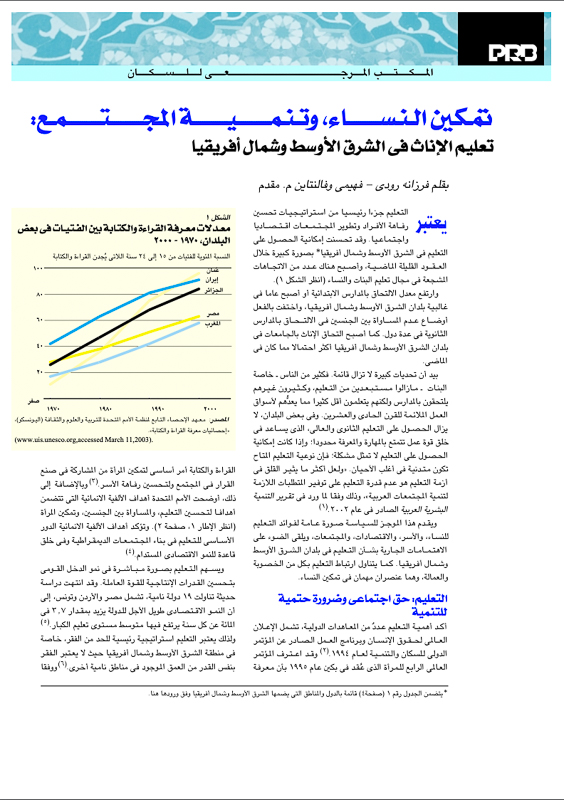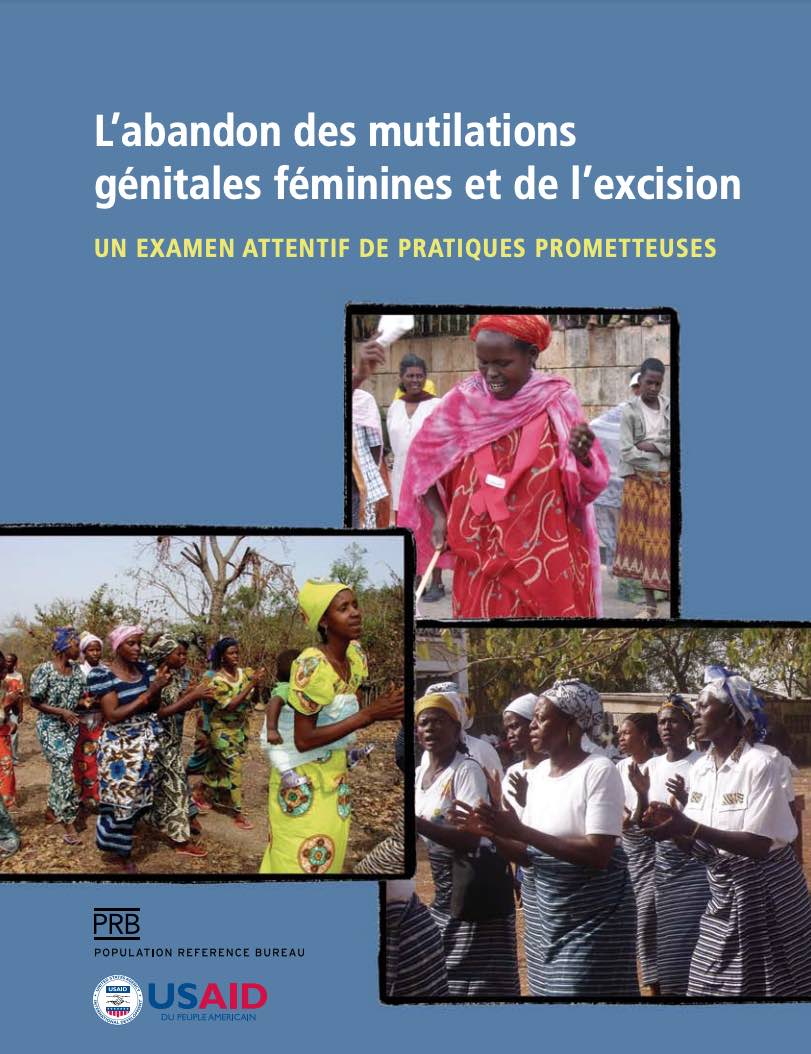534 Search Results Found For : "climate change"
A Demographic Profile of U.S. Workers Around the Clock
(2008) The nature of work continues to change dramatically with the extension of work operations around the clock being one of the most striking alterations.

Report. Empowering Women, Developing Society: Female Education in the Middle East and North Africa (Arabic)
(2003) Education is a key part of strategies to improve individuals' well-being and societies' economic and social development.
Nutrition of Women and Adolescent Girls: Why It Matters
Malnutrition, defined as ill health caused by deficiencies of calories, protein, vitamins, and minerals interacting with infections and other poor health and social conditions, saps the strength and well-being of millions of women and adolescent girls around the world.

Project: Evidence to End Female Genital Mutilation/Cutting
Reflections From Five Years of Research on FGM/C
From 2015 to 2019, the African-led consortium developed innovative research methods and uncovered new evidence about the practice and how it is changing—focusing on families and communities, and health and legal systems—in eight countries: Burkina Faso, Egypt, Ethiopia, Kenya, Nigeria, Senegal, Somalia, and Sudan.

The Sorry State of Women’s Health in the United States
“Girls, women, families, society, and the economy all pay a price for the gaps in knowledge about women’s health,” a new report says.

Rapport. L’abandon des mutilations génitales féminines et de l’excision : Un examen attentif de pratiques prometteuses

Project: Center for Public Information on Population Research (CPIPR)
Life Expectancy Is Increasingly Tied to a State’s Policy Leanings
Life expectancy is increasingly tied to a state's policy direction, says new analysis of U.S. Mortality Database.
The Faces of Unmet Need for Family Planning
(2012) The widespread adoption of family planning represents one of the most dramatic changes of the 20th century. The growing use of contraception around the world has given couples the ability to choose the number and spacing of their children, which, in turn, has prevented large numbers of unintended pregnancies, reduced the number of abortions, and reduced the incidence of deaths and illnesses related to pregnancy and childbirth.
